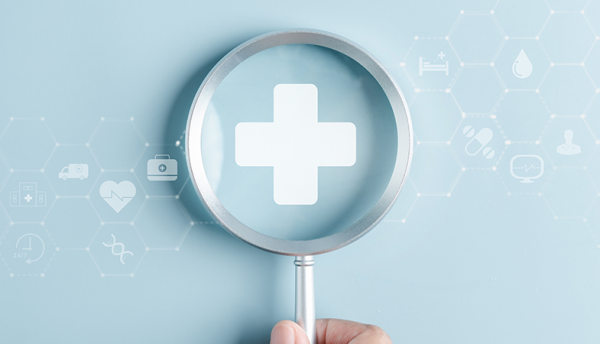Shreejit Nair, Senior Vice President of Life Sciences at CitiusTech, takes us on a journey through the dynamic world of medical imaging informatics. From AI-driven insights to cloud-based collaboration, discover how cutting-edge technology is revolutionising clinical trials and paving the way for personalised medicine.
Medical imaging techniques have significantly evolved beyond simple diagnostic applications, to play a key role in treatments and procedures. From 3D imaging and fMRIs to hyperspectral imaging; and portable imaging (such as mobile CT, and mobile MRI) to integrating with AR/ VR technologies, advanced medical imaging techniques are helping healthcare professionals improve procedural accuracy, lower risk and deliver life-changing medical care every day.
However, the decentralised and diverse nature of this data coupled with its sheer volume is making organising, analysing and drawing meaningful conclusions from it an uphill task. In comes medical imaging informatics.
By merging information technology and data science for medical data, medical imaging informatics offers tools and solutions to manage such volumes of data securely and efficiently.
Medical imaging informatics in the context of clinical trials
Particularly in the context of clinical trials, medical imaging informatics has become an indispensable tool to evaluate the safety and efficacy of pioneering medical interventions including patient selection and stratification, baseline assessment and disease characterisation, treatment monitoring and response evaluation and safety assessment of the trials.
As a result of such methodical reform, medical professionals and researchers are able to achieve outstanding outcomes in targeted recruitment, diagnostic accuracy, selection of appropriate treatment regimens, substantive measurement of treatment and investigational efficacy, early detection of adverse events and high-impact personalised medicine.
Here’s a peek into how medical imaging informatics is changing the world of healthcare as we know it.
Standardisation of imaging protocols and quality control
Imperatively solving for consistency and reliability issues, well-defined data standards generate infallible results – even when the images are obtained across multiple sources – as we can retrieve from them insights similarly.
Integration with Electronic Data Capture (EDC) systems
Ensuring that the data remains easy to manage and error-free, these solutions provide us with accurate interpretations of clinical data, better accessibility across stakeholder touchpoints and coherent cross-referencing.
Workflow optimisation
By streamlining and optimising imaging workflows in line with electronic health records (EHRs), picture archiving, and communication systems (PACS), we can automate data exchange, reduce manual tasks and improve interoperability.
Real-time insights from Big Data and analytics
Analysing large volumes of patient data in real-time, we can enable faster decision-making – both with respect to treatment delivery and patient health, as well as healthcare policy.
Artificial Intelligence & Machine Learning (AI/ ML) for insight extraction
Dramatically reducing the time spent on insight extraction, while assuring diagnostic accuracy, AI/ML training models can identify subtle patterns and correlations that might elude even the most experienced human eye. Further, specific treatment responses and novel biomarkers can be uncovered quickly, enabling us to develop more targeted and personalised healthcare interventions.
Cloud-based imaging and centralised image management for collaboration
Providing a centralised repository that streamlines collaboration between multiple parties – cloud-based systems and open data-sharing initiatives help us communicate clearly, expedite decision-making, and most importantly, foster collaboration among researchers, clinicians and regulatory authorities.
Quantitative imaging and radiomics
By extracting numerical data from medical images these techniques analyse image data to develop predictive models that can lead the way for cutting-edge precision medicine and patient stratification.
When it comes to patient data, an information leak could mean the difference between life and death. Implementing strong cybersecurity measures, including data encryption and access controls, in adherence to regulations such as HIPAA, therefore, becomes imperative in any and every digitally driven process.
What does the future hold in store?
Clinical research itself is a domain in constant transition – mostly through incremental upgrades, but sometimes by industry-changing, future-forward technologies like medical imaging informatics.
Only by readily embracing these leading practices can stakeholders be assured of the reliability and integrity of medical imaging data and be empowered to accelerate the development of life-changing and life-saving interventions.
As medical imaging informatics advances at a revolutionary pace, it is imperative that it continues to have an impact on clinical trials and beyond in the field of advanced life sciences. How much impact is for us to wait and see!
Click below to share this article

